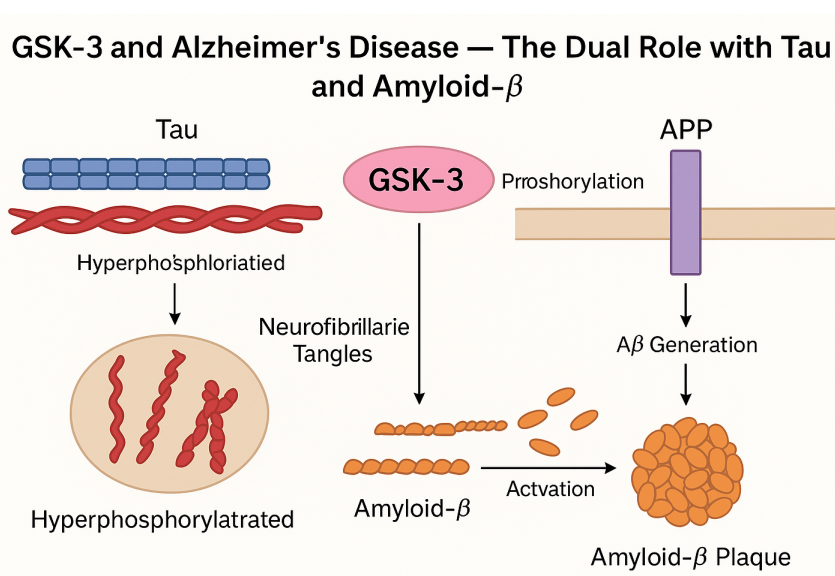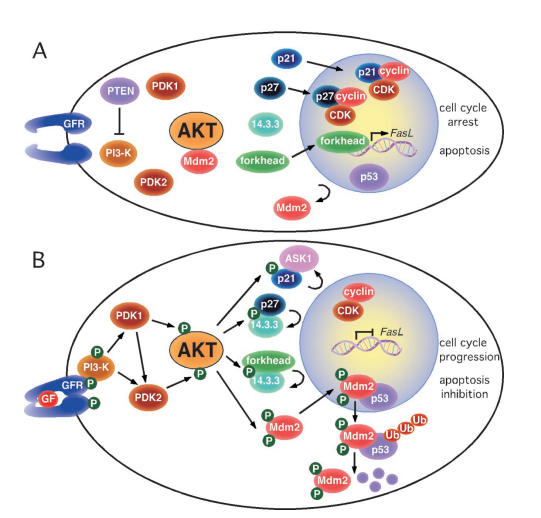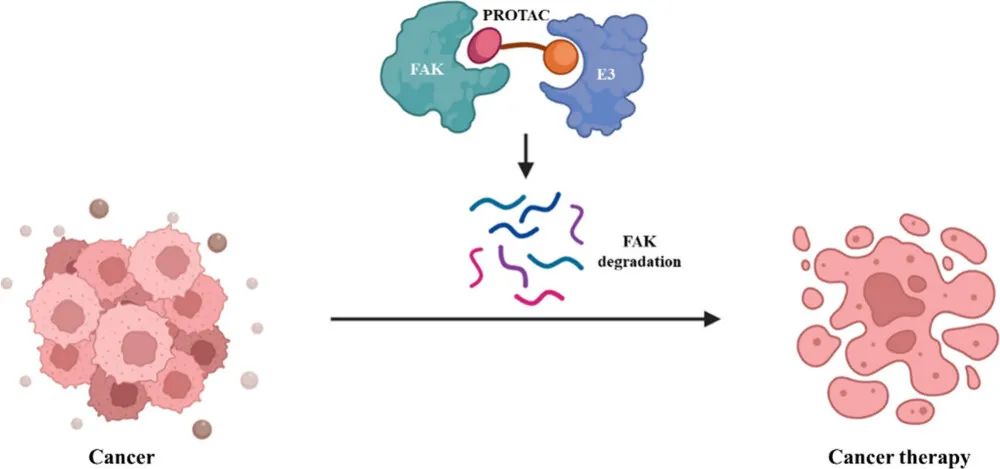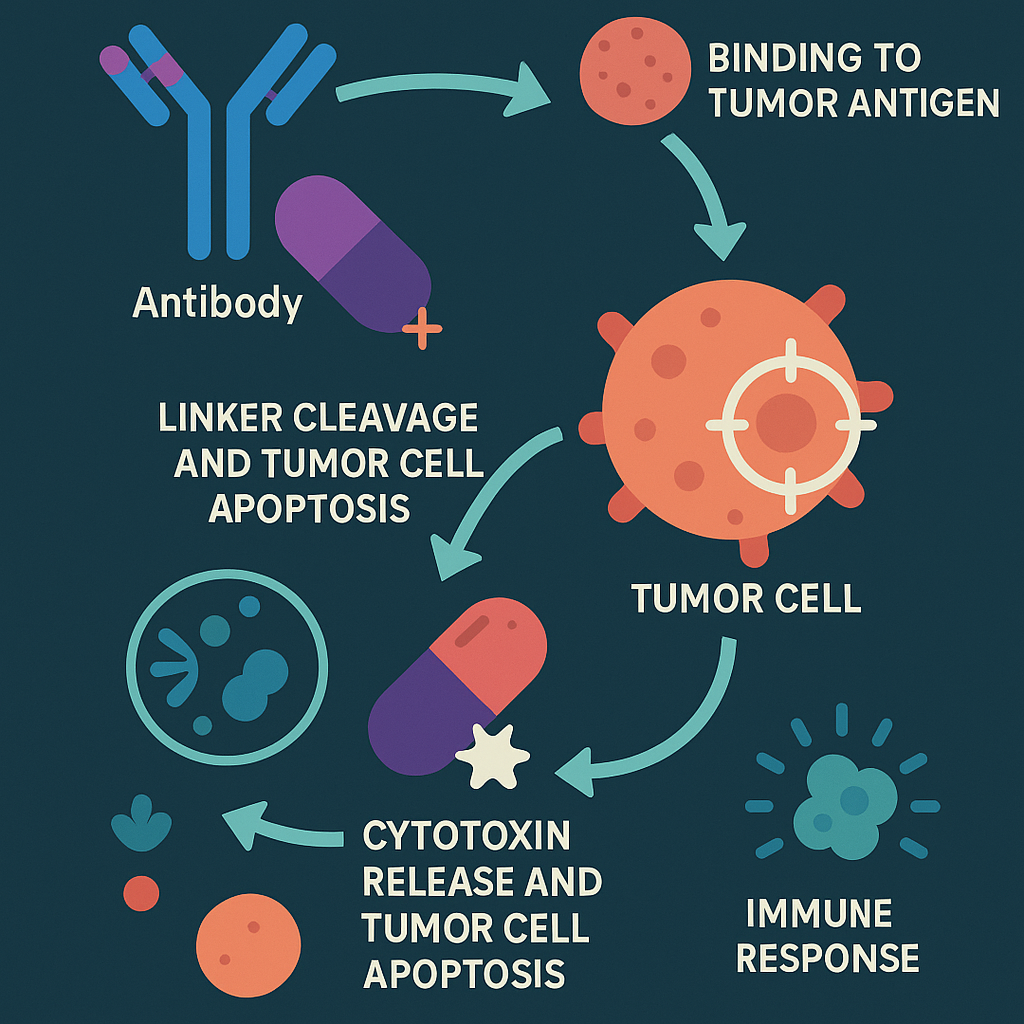Exploring Eltrombopag's Role in Blood Disorder Management: From ITP to Aplastic Anemia
Abstract
Eltrombopag is a medication used in the treatment of certain blood disorders, particularly in patients with chronic immune thrombocytopenia (ITP) and chronic hepatitis C-associated thrombocytopenia. Eltrombopag belongs to a class of drugs known as thrombopoietin receptor agonists, which stimulate the production of platelets in the bone marrow, thereby increasing the platelet count in the blood. By raising platelet levels, Eltrombopag helps reduce the risk of bleeding and related complications in patients with low platelet counts.
Thrombopoietin Receptor Agonists (TPO-RAs)
Thrombopoietin receptor agonists (TPO-RAs) are a class of medications that have revolutionized the treatment of various blood disorders characterized by low platelet counts. These drugs work by stimulating the thrombopoietin receptor, which is essential for the production and maturation of platelets in the bone marrow. The primary function of TPO-RAs is to increase platelet production, thereby addressing conditions such as immune thrombocytopenia (ITP), aplastic anemia, and myelodysplastic syndrome (MDS) that are associated with thrombocytopenia, or low platelet levels.
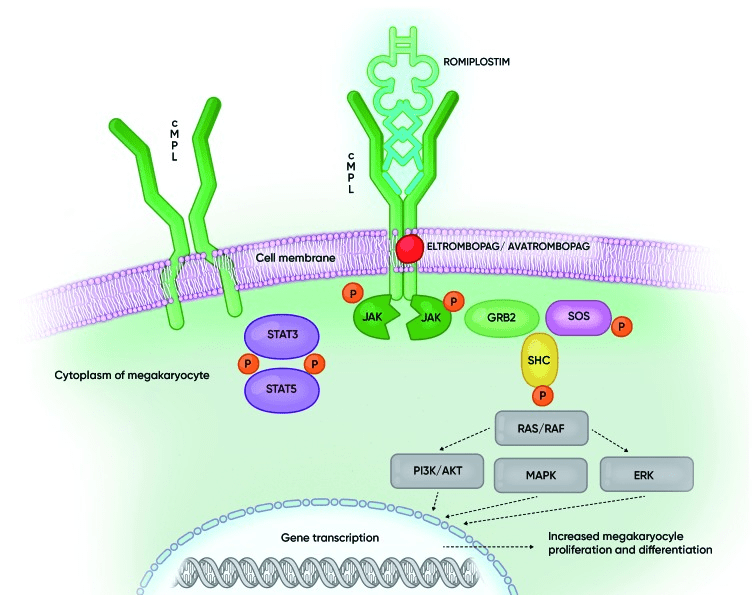
Fig 1. Cellular mechanisms of action of thrombopoietin (TPO) and of thrombopoietin receptor agonists (TPO-RA) [1].
Importance of TPO-RAs in the Treatment of Blood Disorders
The importance of TPO-RAs in the treatment of blood disorders lies in their ability to effectively manage thrombocytopenia, a condition that poses significant health risks, including an increased susceptibility to bleeding and bruising. In immune thrombocytopenia (ITP), the body’s immune system targets and destroys platelets, leading to low platelet counts. Conventional therapies such as corticosteroids and immunoglobulins often provide temporary relief but may have limited long-term efficacy. TPO-RAs, on the other hand, directly stimulate platelet production, providing a more targeted and sustained approach to managing ITP and improving platelet levels.
Eltrombopag, a thrombopoietin receptor agonist, has garnered significant attention for its remarkable mechanism of action in stimulating platelet production and its evolving role in the treatment landscape. This section delves into the intricacies of Eltrombopag’s mechanism, its evolutionary journey from immune thrombocytopenia (ITP) to severe aplastic anemia (SAA) treatment, and the contributing factors that have propelled its therapeutic applications to new horizons.

Fig 2. The Structure of Eltrombopag.
Eltrombopag’s Mechanism of Stimulating Platelet Production
Eltrombopag’s primary mode of action revolves around its ability to mimic the effects of endogenous thrombopoietin, a hormone critical for regulating platelet production. By binding to and activating the thrombopoietin receptors on the surface of megakaryocytes, the precursor cells of platelets, Eltrombopag triggers a cascade of signaling events within these cells. This prompts megakaryocyte differentiation, maturation, and increased proliferation, leading to enhanced platelet production. Eltrombopag’s direct interaction with these receptors serves as a key driver in elevating platelet counts and restoring hemostatic balance.
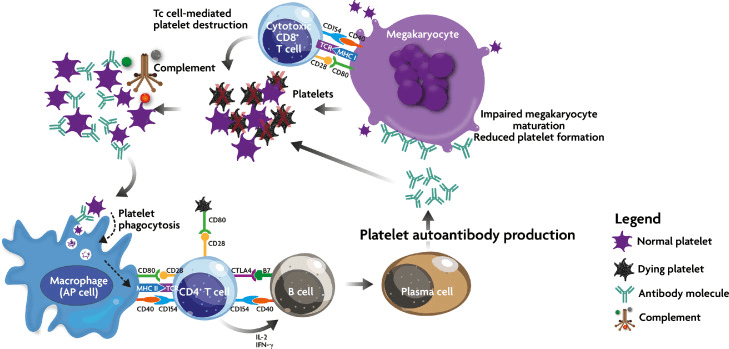
Fig 3. Immune effector mechanism in ITP [5].
Immune Thrombocytopenia and Eltrombopag
Definition and Pathophysiology of ITP
Immune thrombocytopenia (ITP) is a hematologic disorder characterized by a decreased platelet count due to the immune system’s misdirected attack on platelets. Platelets are essential for blood clotting, and their deficiency in ITP can lead to spontaneous bleeding and bruising. The pathophysiology involves the production of autoantibodies that target platelet glycoproteins, marking them for destruction by macrophages, primarily in the spleen. This immune-mediated destruction, along with impaired platelet production, contributes to thrombocytopenia.
Conventional Treatments for ITP and Their Limitations
Traditional approaches to managing ITP have aimed at reducing immune response and increasing platelet counts. Corticosteroids are commonly used to suppress immune activity and curb platelet destruction. However, their effectiveness may diminish over time, and long-term use can lead to adverse effects. Intravenous immunoglobulin (IVIG) temporarily raises platelet counts by saturating macrophage receptors and inhibiting platelet destruction, but its effects are short-lived. Splenectomy, the removal of the spleen, may be considered in severe cases, but it comes with surgical risks and does not guarantee a lasting cure.
Introduction of Eltrombopag as a New Therapeutic Approach
Eltrombopag has emerged as a novel and promising therapeutic avenue for ITP. Unlike conventional treatments, Eltrombopag directly addresses the fundamental problem of platelet deficiency. By binding to and stimulating thrombopoietin receptors on megakaryocytes, the precursor cells of platelets, Eltrombopag prompts increased platelet production. This unique mechanism not only elevates platelet counts but also offers a targeted approach that minimizes the reliance on generalized immunosuppression.
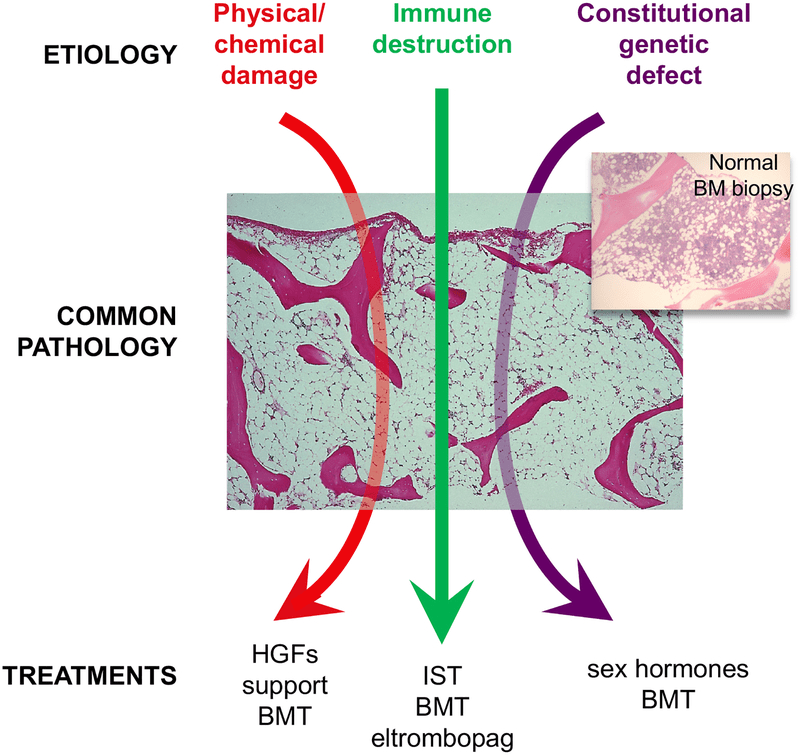
Fig 4. Pathophysiologies of aplastic anemia [6].
Aplastic Anemia and Eltrombopag
Brief Overview of Aplastic Anemia
Aplastic anemia (AA) is a rare and potentially life-threatening hematologic disorder characterized by a marked reduction in the production of blood cells in the bone marrow. It results from the failure of hematopoietic stem cells to generate sufficient red blood cells, white blood cells, and platelets, leading to anemia, increased susceptibility to infections, and bleeding tendencies. While the exact causes of AA can vary, they often involve immune-mediated destruction of stem cells, genetic predisposition, or exposure to certain environmental factors.
Existing Treatment Options for AA and Their Limitations
The treatment landscape for aplastic anemia encompasses several approaches, each with its own set of limitations. Immunosuppressive therapy, typically involving antithymocyte globulin (ATG) and cyclosporine, aims to suppress the immune response and halt the destruction of stem cells. While effective in some cases, responses can be variable, and relapse remains a concern. Allogeneic hematopoietic stem cell transplantation (HSCT) offers a potential cure by replacing the dysfunctional bone marrow with healthy donor cells. However, finding a suitable donor and the risk of graft-versus-host disease can restrict its applicability.
Utilization of Eltrombopag in AA Management
Eltrombopag has emerged as a novel therapeutic option in the management of aplastic anemia. While primarily known for its role in stimulating platelet production, Eltrombopag also exerts a broader influence on hematopoiesis. By interacting with thrombopoietin receptors on hematopoietic progenitor cells, Eltrombopag enhances the production of not only platelets but also red blood cells and white blood cells.
The utilization of Eltrombopag in aplastic anemia management fills a critical gap, particularly in cases where conventional treatments may be suboptimal or contraindicated. Its mechanism of action, which promotes hematopoiesis, offers a complementary approach to immunosuppressive therapy and may reduce the dependence on frequent blood transfusions. Additionally, Eltrombopag’s oral administration and relatively favorable safety profile contribute to its appeal as a potential treatment option.
References
- Ghanima, W., Cooper, N., Rodeghiero, F., Godeau, B., & Bussel, J. B. (2019). Thrombopoietin receptor agonists: ten years later. Haematologica, 104(6), 1112–1123.
- Fattizzo, B., Levati, G., Cassin, R., & Barcellini, W. (2019). Eltrombopag in Immune Thrombocytopenia, Aplastic Anemia, and Myelodysplastic Syndrome: From Megakaryopoiesis to Immunomodulation. Drugs, 79(12), 1305–1319.
- Gill, H., Wong, R. S. M., & Kwong, Y. L. (2017). From chronic immune thrombocytopenia to severe aplastic anemia: recent insights into the evolution of eltrombopag. Therapeutic advances in hematology, 8(5), 159–174.
- Burness, C. B., Keating, G. M., & Garnock-Jones, K. P. (2016). Eltrombopag: A Review in Paediatric Chronic Immune Thrombocytopenia. Drugs, 76(8), 869–878.
- Provan, D., & Semple, J. W. (2022). Recent advances in the mechanisms and treatment of immune thrombocytopenia. EBioMedicine, 76, 103820.
- Young N. S. (2018). Aplastic Anemia. The New England journal of medicine, 379(17), 1643–1656.
- Lum, S. H., & Grainger, J. D. (2016). Eltrombopag for the treatment of aplastic anemia: current perspectives. Drug design, development and therapy, 10, 2833–2843.

